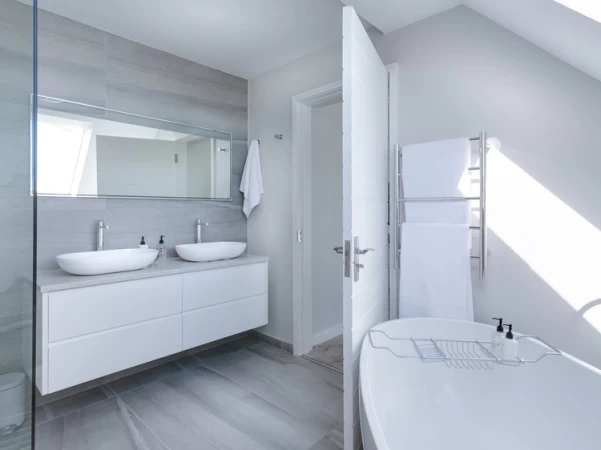
Not to prime, is a crime. Well, this has some contradictory views about it. Some professionals swear by it and recommend priming on all walls before painting them. Others consider it safe to skip the primer if certain conditions are met.
The question of whether or not to apply is not easy to answer for homeowners. When you hire professionals for painting, they almost always know whether the walls need a primer. The confusion is mainly found in DIY painters. They also explore options such as self-priming paint.
If you want to avoid any mistakes, hire professionals for interior painting. Here is a basic guide about paint priming.
Primer is an intelligently designed product that covers up the flaws of walls effectively. If there are any major discolorations or ugly stains on your wall to be painted, a primer can hide the imperfections.
The valuable coat cover allows the color coat to provides its beautiful colors. It is no secret that well-done priming and paint can transform a place like nothing else. A stainless wall is something that attracts the visitor and when someone visits your home, you want it to look perfect. A house doesn't look eye-catchy when it has stains on the walls that are uncleanable. Cleanable paint is the solution you're looking for.
Primer comes in handy when you are working on porous walls. If paint coats are directly applied to the porous wall, it absorbs most of the paint material. Even the multiple coats of paint cannot ensure an even and flawless job at the end. A porous wall might not look attractive as it sounds or the way you're imagining it. Yes! It looks just like you imagined.
Some portions of the walls have more pores than others so you can't paint the walls neatly. Priming seals the wall pores and you are left with an even surface to paint on. It minimizes the chances of differently colored patches on the same wall.
Primed walls hold up the paint for much longer times. The primer provides a stable base surface. The chemical has adhesive properties so it is easy to stick the glossy paints. If you are thinking of adding some sheen to your house, it is best to prime the walls.
Primer is a cheaper product as compared to the painting material. Thus it is economical to use it as a base coat rather than the paint. Moreover, primed walls soak up less paint so you will be saving a lot of money when you are buying painting supplies.
If you are about to paint porous drywall, you cannot skip the primer. Newly installed drywalls means the primer is needed. It is highly porous due to the dried compound joining the seams and bare facing paper on drywalls.
If you see a thin swipe of drywall compound covering the bare wall, you should always use a primer. It is highly porous and needs at least one coat of primer.
When you are applying paint on the walls with remains of previous glossy paint, priming them is a must. The high sheen paint is not very good at holding the topcoats.
Painting gets a bit tougher when you shift from dark to light paint colors. If you want to avoid the problem of repeated application of light-colored paint for coverage, use a high-quality primer. When the previous color is extremely dark, use at least two layers of white primer.
The house walls are super clean. The surface should not be porous but even.
you are using self-priming paint. These paints can be safely used when you are repainting the walls. When you want painting results matching the Professional Interior Painting, you can use self-priming paints. The interior paint does not experience the stressors such as exterior paint.
you are painting the same color.
In a nutshell, the decision to use a primer depends on the condition of the walls to be painted. In most of the cases, using a primer is necessary.